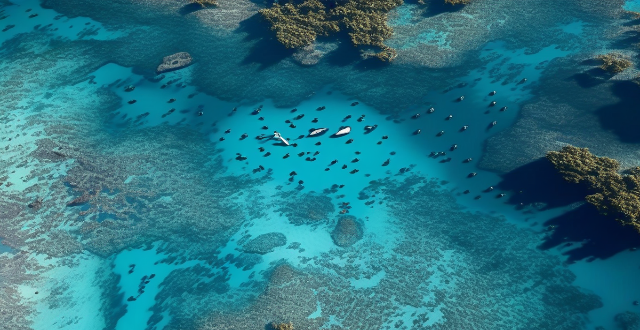Climate change affects agriculture differently across the globe, depending on local climate conditions, soil types, water availability, and agricultural practices. In tropical regions, high temperatures and humidity, along with frequent extreme weather events and pest and disease pressure, negatively impact crop yields. Arid and semi-arid regions face water scarcity due to reduced rainfall and increased evaporation rates, leading to limited agricultural productivity. Desertification causes soil degradation and loss of arable land. Temperate regions experience changes in precipitation patterns, affecting crop growth, while warmer winters can extend growing seasons. Extreme weather events can damage crops and reduce yields. Polar regions see extended growing seasons due to warming temperatures, but permafrost melting causes soil instability, and changes in ocean currents affect fishing industries. Mountainous regions face changes in temperature and precipitation that alter snowmelt timing and amount, affecting water availability for irrigation. Glacier retreat reduces water supplies for downstream communities and agriculture, while natural disasters like landslides destroy crops and damage infrastructure.

Impacts of Climate Change on Agriculture in Different Regions of the World
Climate change is a global phenomenon, but its impacts on agriculture vary significantly across different regions of the world. The effects depend on several factors, including local climate conditions, soil types, water availability, and agricultural practices. Below are some examples of how different regions experience the impacts of climate change on agriculture:
1. Tropical Regions
Key Points:
- High temperatures and humidity
- Frequent extreme weather events
- Pest and disease pressure
Impacts:
- Crop yields are negatively affected by high temperatures and humidity, which can lead to crop failure.
- Extreme weather events such as hurricanes, floods, and droughts can destroy crops and damage infrastructure.
- Pests and diseases thrive in warm, humid conditions, posing a threat to crops and livestock.
2. Arid and Semi-Arid Regions
Key Points:
- Limited water resources
- High temperatures
- Desertification
Impacts:
- Water scarcity due to reduced rainfall and increased evaporation rates can severely limit agricultural productivity.
- High temperatures can cause heat stress in crops and livestock, reducing yields and increasing mortality rates.
- Desertification, caused by prolonged drought and overgrazing, leads to soil degradation and loss of arable land.
3. Temperate Regions
Key Points:
- Moderate temperatures
- Seasonal rainfall patterns
- Diverse crop varieties
Impacts:
- Changes in precipitation patterns can lead to either too much or too little water for crops at critical growth stages.
- Warmer winters can extend growing seasons, allowing for more diverse crop rotations and potentially increasing yields.
- Extreme weather events such as hailstorms, heavy rains, or early frosts can damage crops and reduce yields.
4. Polar Regions
Key Points:
- Cold temperatures
- Short growing seasons
- Limited crop varieties
Impacts:
- Warming temperatures can extend the growing season, allowing for new crops to be grown in these regions.
- Permafrost melting can cause soil instability and make it difficult to cultivate crops.
- Changes in ocean currents and sea ice can affect fishing industries, which are a major source of food in many polar regions.
5. Mountainous Regions
Key Points:
- Cool temperatures at higher altitudes
- Steep slopes and rocky terrain
- Limited arable land
Impacts:
- Changes in temperature and precipitation can alter the timing and amount of snowmelt, affecting water availability for irrigation.
- Glacier retreat can reduce water supplies for downstream communities and agriculture.
- Landslides and other natural disasters can destroy crops and damage infrastructure, making it difficult to maintain sustainable agriculture practices.